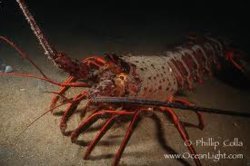- May 17, 2011
- 5,879
- 25,504
- 293
- Twitter Username
- @JessiDeer
- MFC Username
- JessiDeer
- ManyVids URL
- https://www.manyvids.com/Profile/43191/JessiDeer/
Bocefish said:Jessi said::? jeebuz.
The frozen raw diets are probably the best thing for them
I'm curious where you got that information from?
I know the Inuit's diet is high in protein and very high in fat – in their traditional diets (whales, walrus, caribou and seal) Inuit consume an average of 75% of their daily energy intake from fat but it's mostly eaten raw while frozen and they have little to no health issues compared to the rest of the world. A sled dog's diet is very similar consisting of about 50% fat, 15% carbohydrates, and 35% proteins.
I have a cat so thats where Ive done my research, I don't know much about dogs. The frozen raw diets are the highest concentration of meat protein with the lowest amounts of fillers. I'm not talking about just picking up steak from the grocer, you'd get these from your vet or food supplier. they also have vitamins and stuff added to them to balance out nutritionally, so your critters get everything they need (for example cats need a lot of taurine and fat) so every batch is the same. This is based off doing my own research before choosing to adopt, and talking with my vet. There's nothing wrong with a high quality dry food, its a good second to the raw or wet diet and might be a bit easier on the wallet. A lot of vets recommend combining kibble and wet or raw. Here's a good comparison between protein concentration in dry and wet food, and why the label can make it hard to compare: http://www.dogfoodadvisor.com/choosing- ... tter-basis. This method can also apply to cat food since its standardized (at least in Canada).






